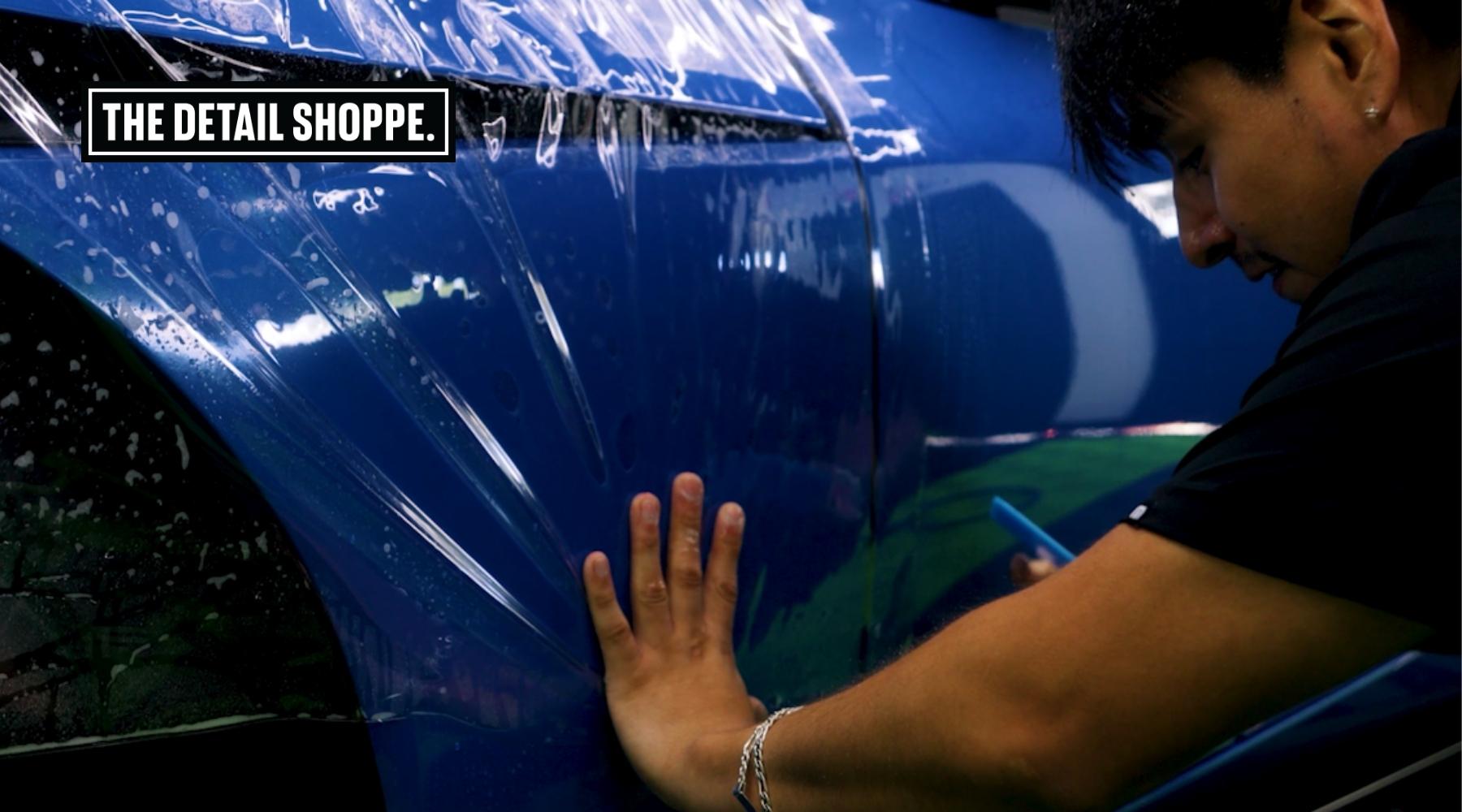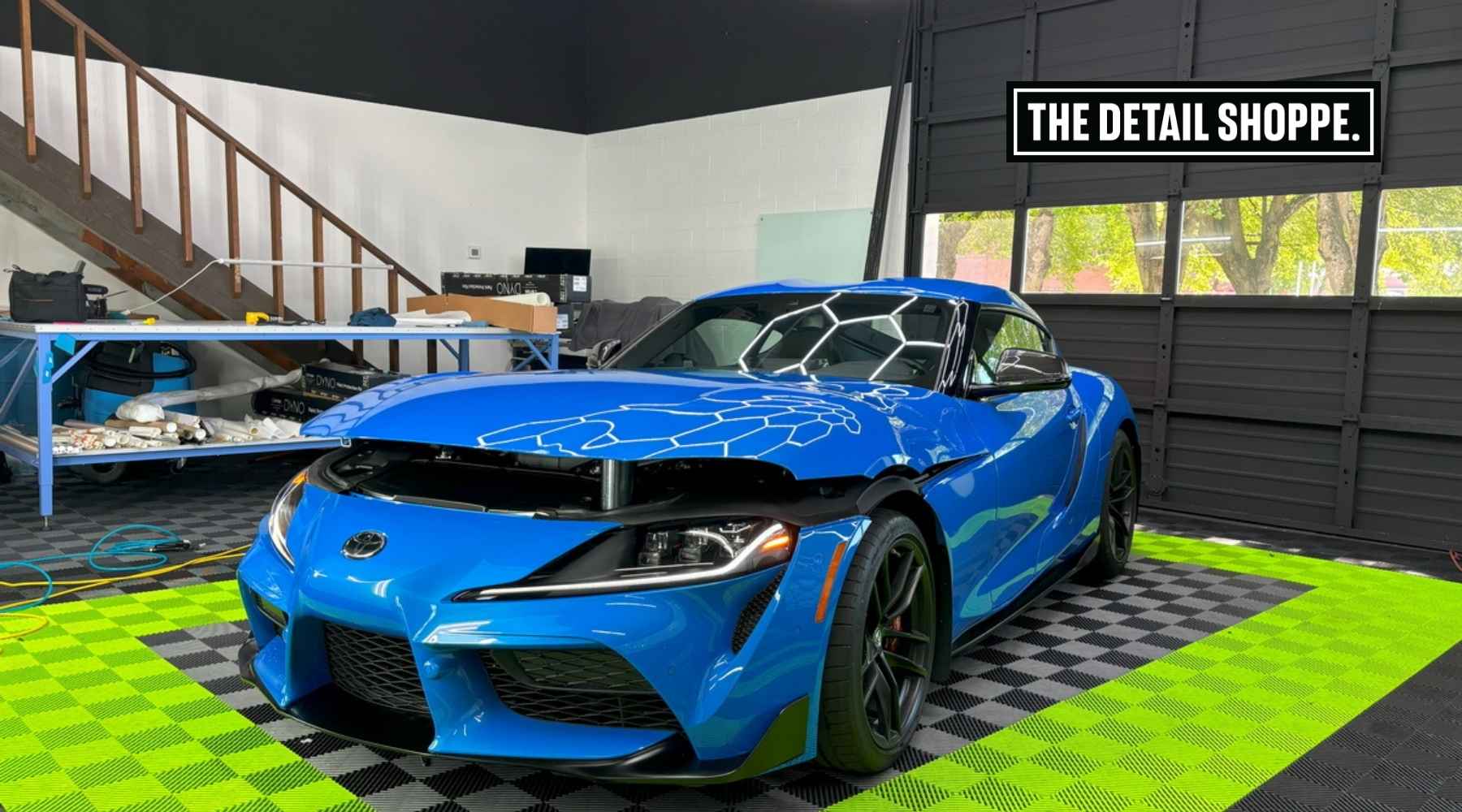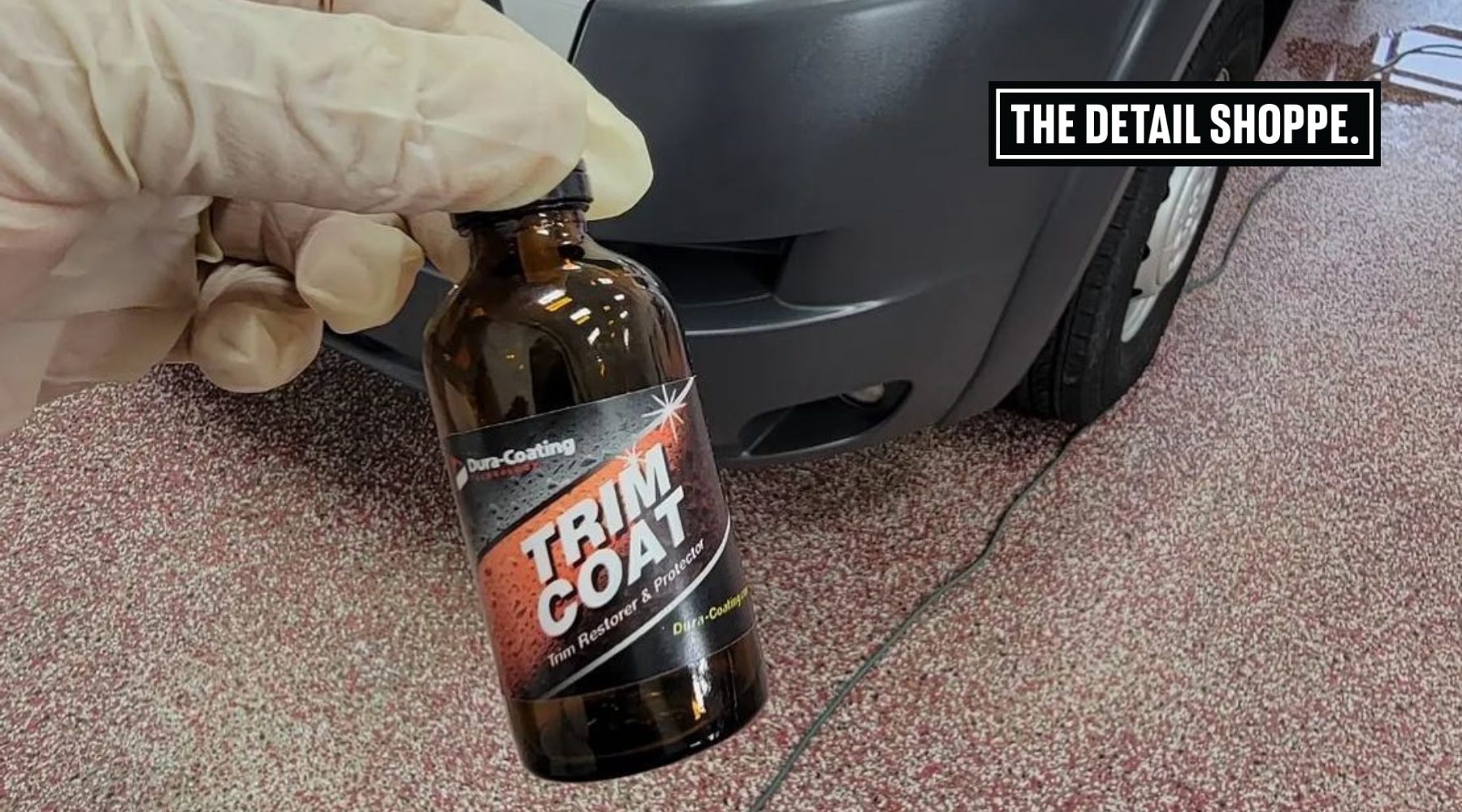When it comes to keeping your vehicle looking its best in Happy Valley, Oregon, one of the smartest long-term investments you can make is installing paint protection film (PPF). Designed to shield your car from road debris, UV rays, and the unpredictable Pacific Northwest weather, PPF serves as an invisible layer of protection.
But how long does it last, and how does Happy Valley’s climate influence the durability of PPF?
Let’s dive into how environmental stressors impact PPF longevity, what makes high-quality films more resilient, and how you can maximize your film’s performance and lifespan.
Happy Valley’s Weather: A Real Test of PPF Endurance
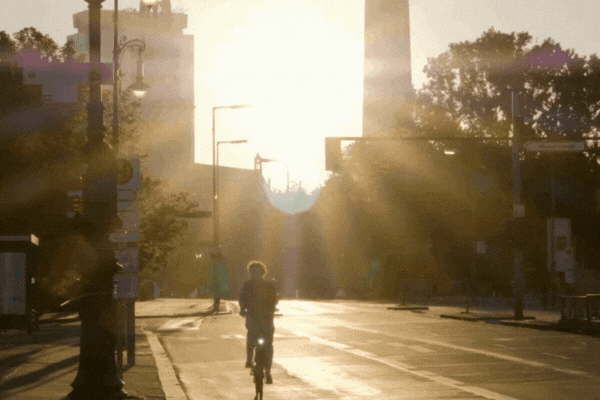
A Climate of Contrasts
Happy Valley experiences all four seasons—from scorching summer sun to icy winter roads. This variability poses unique challenges for PPF durability:
- UV exposure in summer can lead to film yellowing and UV degradation.
- Cold winters bring snow, road salt, and potential for adhesive breakdown and film brittleness.
- Rain and humidity can test the film’s seal and cause edge lifting if not properly installed.
Such conditions can stress even the best films, making PPF weather resistance a key factor for local vehicle owners.
What Determines the Durability of PPF?
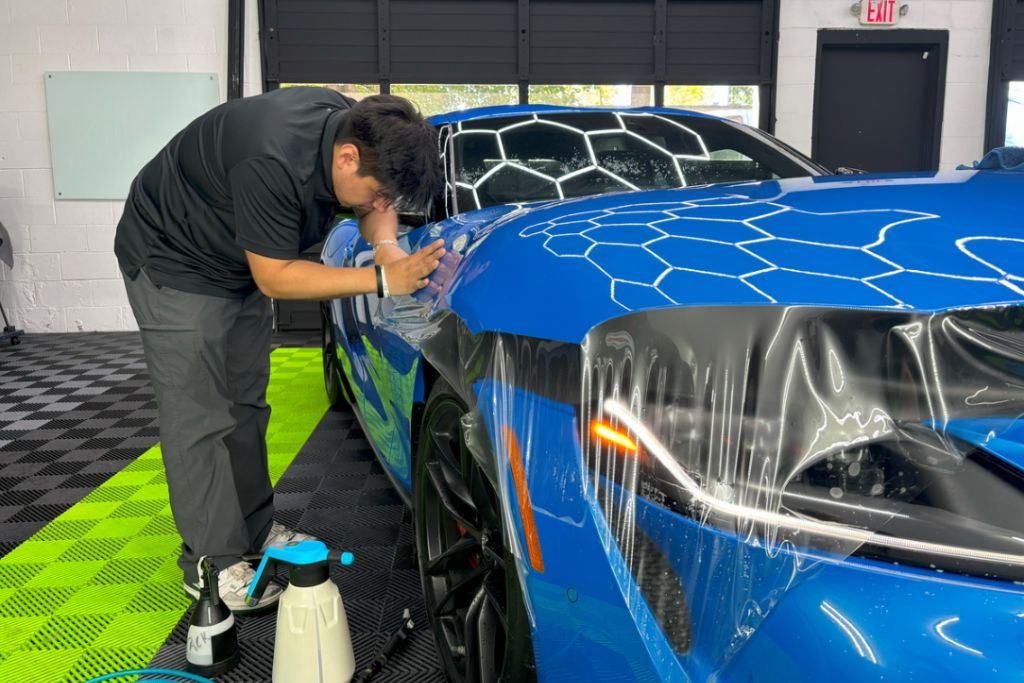
1. Film Quality and Composition
Not all PPF is created equal. High-end products use:
- Self-healing polyurethane
- A hydrophobic topcoat
- UV-resistant materials
These features improve performance and significantly extend PPF lifespan. Lower-grade films lack these elements, leading to early wear and reduced clarity.
Top-tier films often include impact-absorbing layers to prevent rock chips and are engineered to resist thermal expansion and moisture intrusion—must-haves for the Pacific Northwest.
2. Expert Installation
Even the best film can fail if installed poorly. Misapplied PPF often results in:
- Bubbling
- Wrinkling
- Premature edge lifting
This is why professional installation is essential. At The Detail Shoppe, certified technicians ensure precise application and long-term adhesion—especially important for the demands of Happy Valley’s climate.
Elevate Your Ride With

The Impact of Climate on PPF Longevity
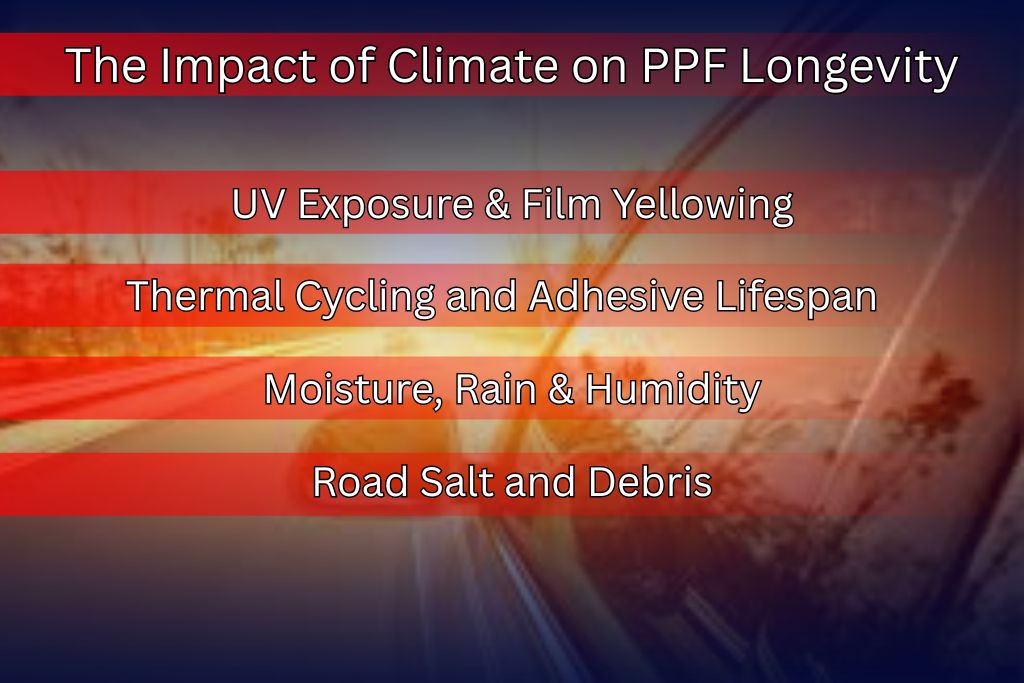
UV Exposure & Film Yellowing
Prolonged sun exposure accelerates PPF UV degradation, causing discoloration over time. Even UV-resistant films can yellow without proper care.
Thermal Cycling and Adhesive Lifespan
Temperature swings—from summer heat to winter frost—cause thermal expansion and contraction. These shifts stress adhesives and may lead to edge peeling or cracking.
Did you know? Heat can soften PPF adhesives, while freezing temperatures make the film more brittle.
Moisture, Rain & Humidity
Persistent rain and fog can trap moisture beneath the film if it’s not sealed properly. This leads to adhesive breakdown, cloudiness, or even mildew. Regular inspection can help detect issues early.
Road Salt and Debris
Winter roads often mean salt, gravel, and debris—all of which can erode your film’s surface. Investing in a high-quality PPF with impact resistance and a hydrophobic coating is crucial.
Want to dive deeper? Read our blog on how PPF prevents rock chips in Happy Valley.
How Long Does PPF Really Last?
Generally, well-maintained, professionally installed PPF can last 5 to 10 years, offering long-term protection against the elements. However, the actual lifespan depends on several critical factors:
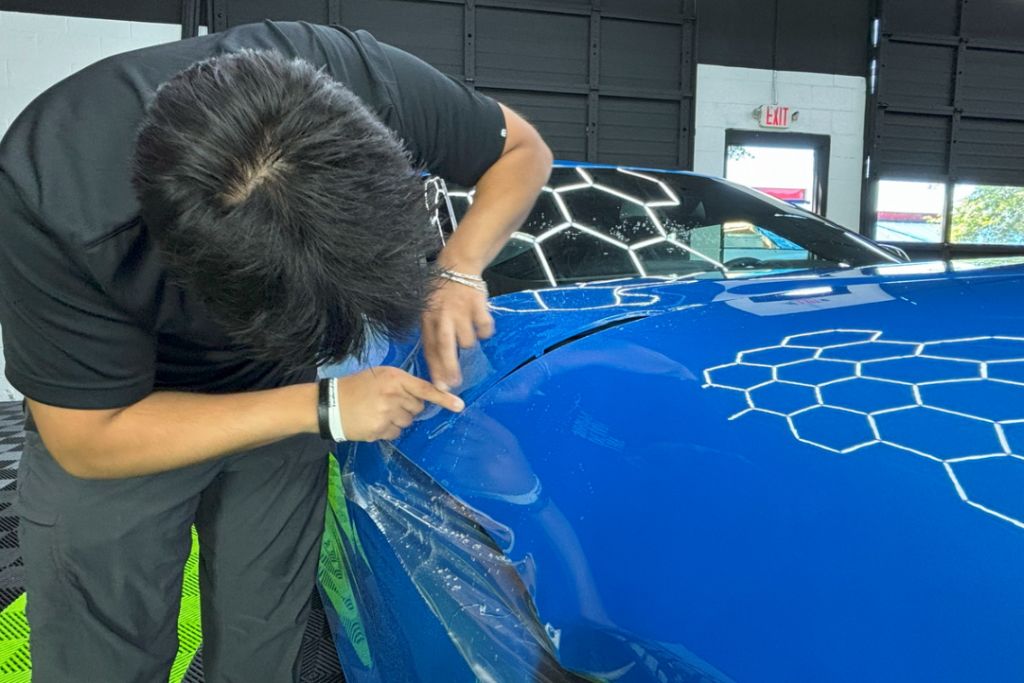
- Film Quality – Premium films are engineered with UV inhibitors, self-healing properties, and hydrophobic topcoats that dramatically extend durability.
- Climate Exposure – Harsh environments with high UV index, frequent rain, or winter road salt accelerate film wear.
- Installation Method – Precision installation ensures proper adhesion, reducing the risk of edge lifting, bubbling, or premature failure.
- Ongoing Maintenance – Regular cleaning and prompt contaminant removal help preserve the film’s integrity.
On the other hand, lower-grade films may only last 2 to 4 years, especially when exposed to the intense weather patterns of the Pacific Northwest. Subpar materials often lack the resilience needed to withstand thermal cycling, moisture intrusion, and UV degradation.
That’s why The Detail Shoppe exclusively uses industry-leading PPF brands trusted for their advanced protection technology and proven longevity. When installed by our certified professionals and cared for properly, your PPF can keep your vehicle looking pristine for nearly a decade.
Tips to Maximize PPF Durability in Happy Valley
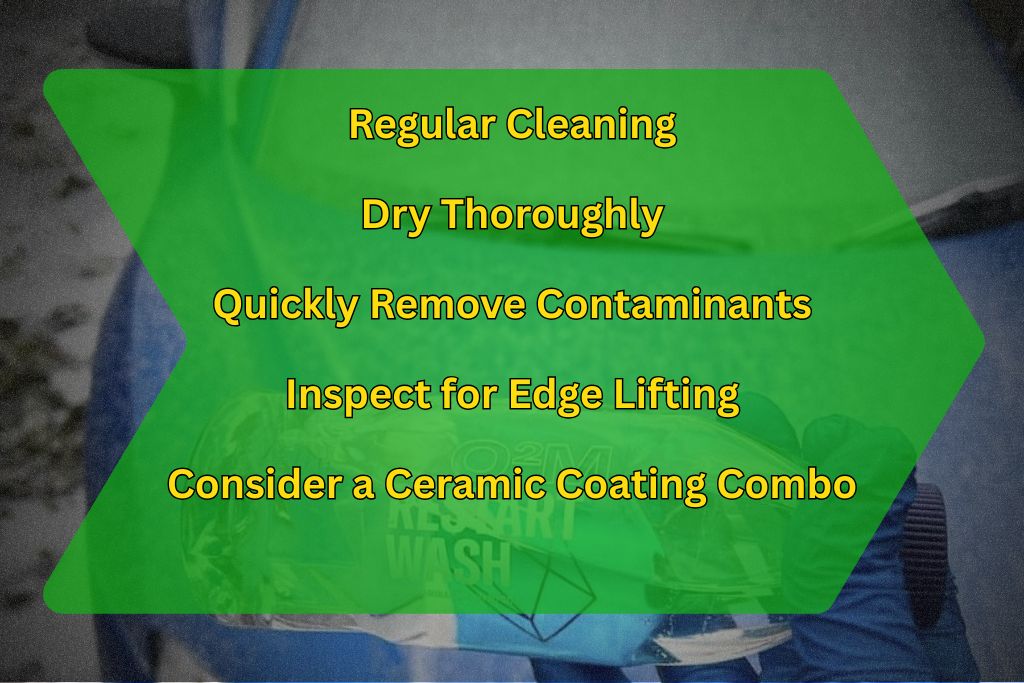
Regular Cleaning
Wash your vehicle every 1–2 weeks using pH-neutral car shampoo. Avoid harsh chemicals or abrasive brushes that may compromise the film’s hydrophobic topcoat.
Dry Thoroughly
Use soft microfiber towels to dry your vehicle and reduce water retention, which can promote adhesive breakdown.
Quickly Remove Contaminants
Bird droppings, tree sap, and bug splatter can stain or etch into PPF if left untreated. Remove them immediately with a safe cleaner.
Inspect for Edge Lifting
After rain, snow, or extreme temperatures, check for signs of edge lifting. Early intervention can prevent the issue from spreading.
Consider a Ceramic Coating Combo
For ultimate protection, pair your PPF with a ceramic coating. This boosts hydrophobicity, UV resistance, and ease of cleaning. Learn more about combining PPF and ceramic coating here.
Pro Tip: For a comprehensive care plan, follow our expert PPF maintenance tips.
Conclusion
In Happy Valley’s unpredictable climate, smart vehicle owners know that choosing and maintaining your paint protection film wisely makes all the difference. With quality materials, expert installation, and regular care, the durability of PPF can exceed expectations even in challenging conditions.

At The Detail Shoppe, we provide precision installation, trusted materials, and expert care plans to protect your vehicle and enhance its appearance.
Ready to protect your investment?
Schedule a consultation with The Detail Shoppe today and experience top-tier vehicle care in Happy Valley.
Elevate Your Ride With

FAQs About PPF Durability in Happy Valley
Why does PPF degrade in Happy Valley’s variable climate?
Due to UV rays, temperature shifts, moisture, and road salt—all of which challenge the film’s adhesive and surface integrity.
Why is UV exposure a key factor in PPF durability?
Over time, UV rays cause the film to yellow, fade, and harden, especially if unprotected.
Why does thermal cycling affect edge adhesion of PPF?
Temperature fluctuations cause materials to expand and contract, which can loosen the film’s bond to the paint.
Why does cold temperature make PPF more brittle?
Freezing conditions make the film less flexible and more prone to cracking or chipping.
Why is self-healing beneficial for PPF performance?
Self-healing properties allow the film to repair minor scratches using heat, maintaining its clarity and protection.
Why is regular maintenance essential for maximizing PPF life?
Routine cleaning and inspections help prevent issues like staining, lifting, or contamination, ensuring long-term performance.
